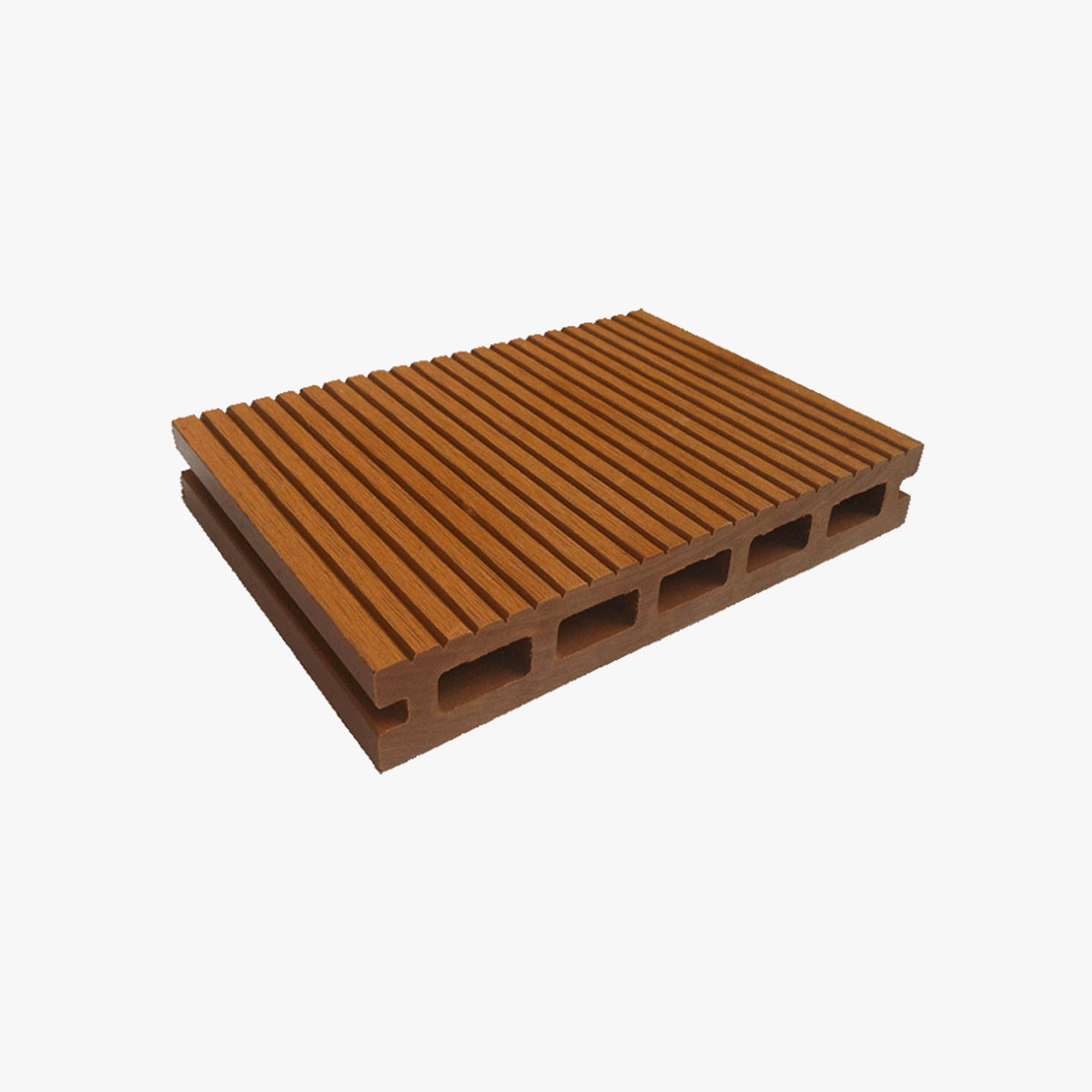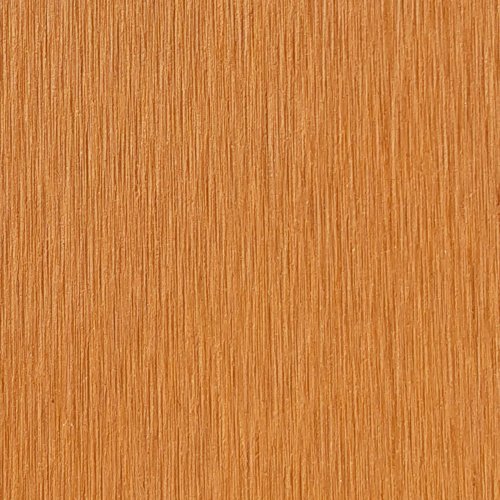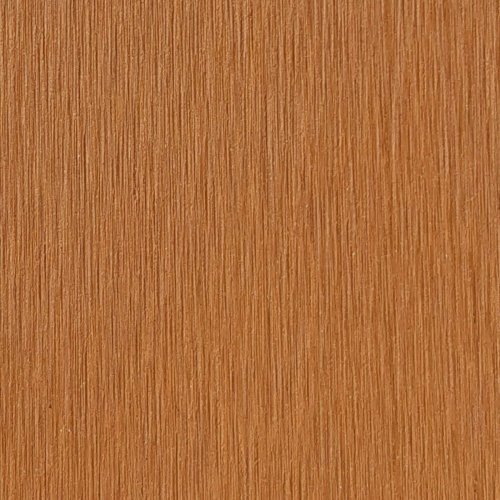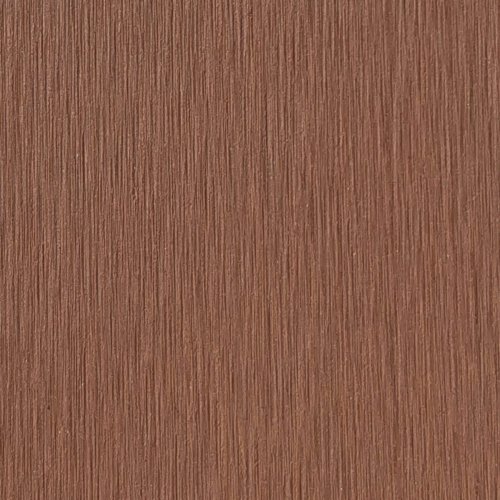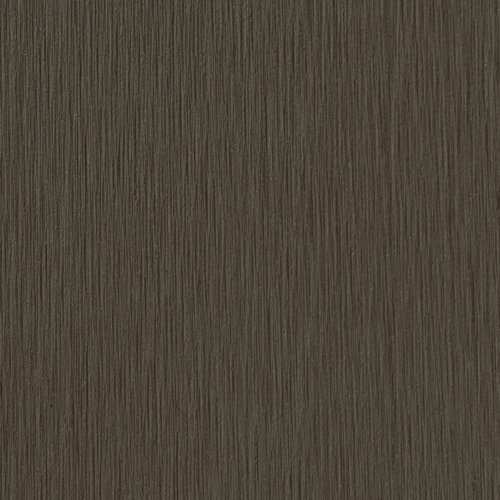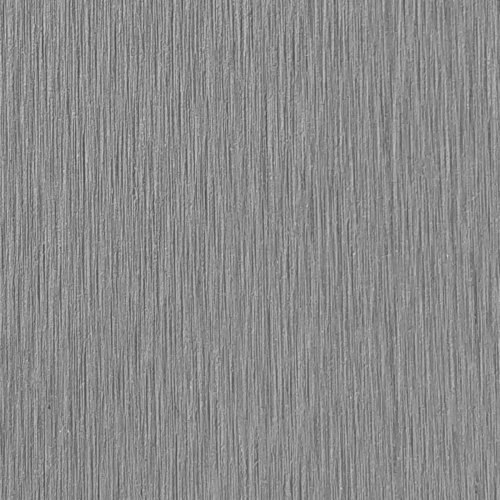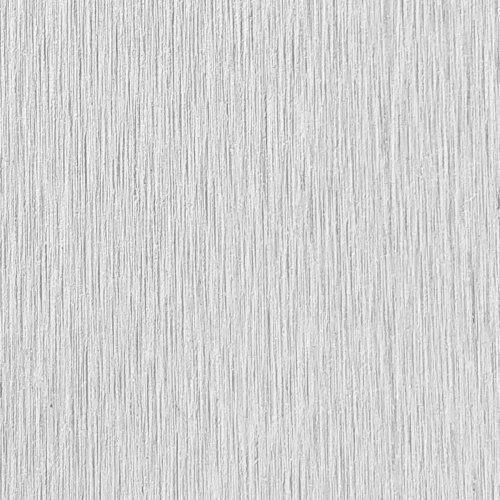Novowood is a composite material (WPC), 70% made of wood natural fibers and 30% made of Polyethylene. It can be used for products of different shapes and colors, still maintaining the elegance of wood and the advantages of a not completely natural material.
Redevelopment Project for the Fondazione Grossman: New Spaces for Recreational and Sports Activities
The second phase of the redevelopment project for the Fondazione Grossman School Institute, led by Architect Massimo Guaglione from the CG Project studio, focuses on the renovation of the gymnasium and the expansion with the construction of a new two-level building. This new structure is intended to house spaces for recreational and sports activities for elementary and middle school children.The project includes not only energy efficiency improvements to the existing gymnasium building and volum…
Read moreThe second phase of the redevelopment project for the Fondazione Grossman School Institute, led by Architect Massimo Guaglione from the CG Project studio, focuses on the renovation of the gymnasium and the expansion with the construction of a new two-level building. This new structure is intended to house spaces for recreational and sports activities for elementary and middle school children.The project includes not only energy efficiency improvements to the existing gymnasium building and volumetric modifications for the installation of bleachers and the creation of an open space facing the street, but also the construction of the new two-level volume. Particular attention has been given to the aesthetic aspect, with the application of a WPC slat cladding using an artistic mix of colors, thus giving a distinctive architectural character to the current volume.For the facade cladding, the CG Project studio used our wall cladding system with alveolar slats Skin Prestige 145TM. Made using the same profiles used for flooring, the Skin Prestige 145TM allows for installation from both sides, offering the possibility of achieving two different finishes. Modularly applicable on a substructure with aluminum uprights at regular intervals, the system ensures a practical and quick-to-install cladding, while being stable and durable at the same time.
Read lessProducts used in this project
You may also be interested in
Commercial Centre
This shopping center is placed in the heart of the pastoral …
Roof top MiLoft
Grazie alla ricerca sulla mescola ed alla qualit&a…
Cycle pedestrian walkway
This bridge is the result of a careful planning study in the…
COOP Shop
The new restructuring project of Coop in Cervia (RA) has bee…
Residential Building
A residential building in the heart of Milan hinterland. A b…
Novowood: 75x40 Pearl Grey WPC Sunshades | Residential Solutions
In this residential project, the Novowood wood-composite sun…
Shopping Center Coop Modena Italy
A new face for the shopping center Coop located in Via …
Giardini d'Inverno
Innovation, comfort and energy efficiency: these are the hal…
Hotel Casa Bianca al Mare
One of the most prestigious accomodations in Jesolo (VE), th…
Frequently asked questions
Novowood has all the qualities of wood, but not its defects: it is long-lasting, stable and it does not warp, it has no splinters and does not lose color, it is sun, ice and rain resistant.
Novowood’s polymeric component allows it to better resist the deterioration due to the sea climate and salty water. Furthermore, it works as a protective layer against the proliferation of fungus and mould.
Finally, the composite materials require no maintenance, painting and are 100% recyclable.
Novowood does not require any special maintenance, it is easy to clean thanks to the well-thought combination of wood and polyethylene, that restrain the growth of mould and fungus. It is suggested to clean it by using neutral floor detergents, and if using a high-pressure cleaner, it is necessary to keep the machine at least 30 cm away from the walking surface.
WPC decking is used in both residential and commercial contexts, including:
- Terraces and balconies of private homes
- Poolside areas and solariums for houses, hotels, and wellness centers
- Walkways and docks in beach resorts
- Pathways and relaxation areas in gardens and public parks
- Flooring for restaurants, bars, and outdoor venues
WPC sunshades are used in various contexts, including:
- Facades of residential and commercial buildings to improve energy efficiency
- Terraces and balconies to increase privacy and reduce solar radiation
- Hospitality structures such as hotels and resorts to create elegant and protected environments
- Commercial spaces and restaurants with outdoor areas for a modern and functional design
- Pergolas and verandas to ensure shading and protection from weather elements
Absolutely. WPC solar screens reduce indoor overheating, decreasing the need for air conditioning during summer months. This leads to significant energy savings, improves living comfort, and reduces environmental impact.
WPC cladding is ideal for:
- Facades of residential and commercial buildings, improving thermal and acoustic insulation
- Exterior cladding for hotels, resorts, and restaurants, with a modern and functional design
- Ventilated walls, enhancing a building’s energy efficiency
- Decorative panels for terraces and balconies, creating elegant and protected spaces
Yes, when used for ventilated facades, WPC reduces summer overheating and improves winter insulation. This helps lower energy consumption for heating and cooling, improving comfort inside the building.
Novowood offers several modular systems, including:
- Composite wood fences: Ideal for delimiting private or public spaces with a modern and durable design.
- Sliding sunshade panels: Mobile solutions to screen sunlight, ensure privacy, and enhance the aesthetics of terraces and balconies.
- Fixed and movable screens: For protection against sun and wind in residential and commercial settings.
Yes, Novowood offers tailor-made solutions with various finishes and colors that suit residential, commercial, and industrial settings.

